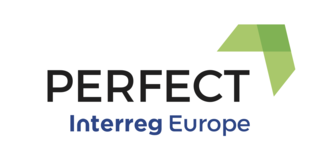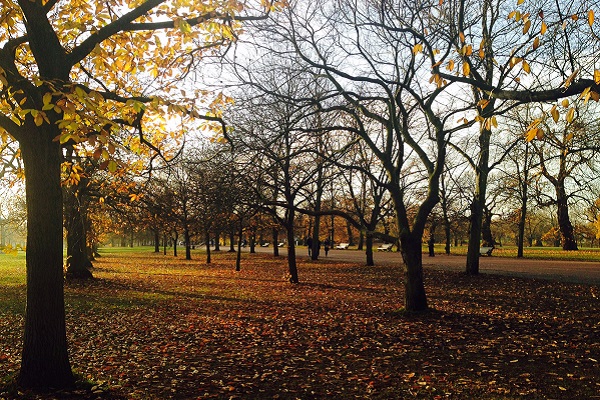Introduction and purpose of work-shadowing
Amsterdam and London are both rapidly growing metropolitan areas that face serious challenges to make use of the opportunities for growth in a sustainable way. Expert presentations on urban development in London and Amsterdam at the PERFECT PSC3 in Ferrara made clear that the incorporation of green infrastructure in planning is a vital condition for sustainable urban development.
The Amsterdam PERFECT delegates expected that Amsterdam stakeholders from the planning department could benefit from the experience of Greater London Authority (GLA) colleagues who work on strategic planning for green infrastructure in London and partnership working on the preparation of the environment strategy alongside the new London Plan. There was a specific interest in the integration of a ‘Green Space Factor’ and work on natural capital accounting, as the City of Amsterdam is now working on an all encompassing ‘environmental plan’ anticipating the introduction of a new national Environmental Planning Act.
Work-shadowing within the PERFECT framework creates a productive context for interaction and exchange of knowledge and thus can raise professional awareness on multiple benefits of green infrastructure in larger European metropolitan areas. On this basis the TCPA, the City of Amsterdam and the GLA prepared an Amsterdam work-shadowing visit to London from 11th- 12th June 2018 with a strong focus on shared challenges.

Summary of activities and lessons learnt
On the morning of 11th June, the City of Amsterdam delegates met up with Mathew Frith from the London Wildlife Trust at the Coal House Café in the Woodbury Wetlands. They were joined by planners from the TCPA New Communities Group and a representative from the Ministry of Housing, Communities and Local Government (MHCLG) in England. A presentation was given by the London Wildlife Trust and discussion took place with the City of Amsterdam, New Communities Group and MHCLG about maximising the benefits of green infrastructure and learning from good practice. In the afternoon, the City of Amsterdam and the TCPA discussed existing and future work on the project and potential future expert papers and factsheets.
On 12th June, the delegates from City of Amsterdam met with various officers from the GLA throughout the day to discuss affordable housing and green infrastructure, and the Mayor of London’s Environment Strategy. Key questions were discussed that have relevance for both capital cities, and knowledge was exchanged about solutions, including:
- How green spaces can be an integral part of the development of the city as a whole, instead of just protected spaces.
- The number one priority of the Mayor in the London Plan is affordable housing. This is now very number driven, and it is vital that quality of the built and natural environment and the impact of quality of life is carefully considered. And as the land is in private hands (and bought at a high price) the Mayor is limited in ‘demanding’ anything extra. Things like green spaces might fall through to make affordable housing possible.
- Cross departmental working is key – the GLA believes it is getting better at cross-departmental working, for example with Transport for London (TfL, which is not connected to the London Plan, but more or less independent). By connecting to mobility goals and air quality, green ambitions can be achieved.
- One recent initiative is that of the London National Park City. Many parties support the idea, including the Mayor. It is up to the foundation to attract private money and put the idea/campaign into actions.
Conclusions and lessons learnt
The report of Wouter van der Veur, Head City Planner at the Planning and Sustainability Department of the City of Amsterdam, and Geertje Wijten, Senior Planner at the Planning and Sustainability Department of the City of Amsterdam, demonstrates which lessons were learned in what turned out to be a very fruitful and relevant visit – this is available here.


